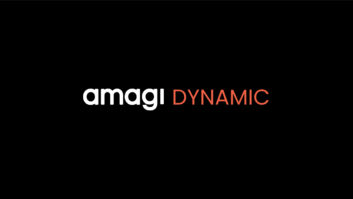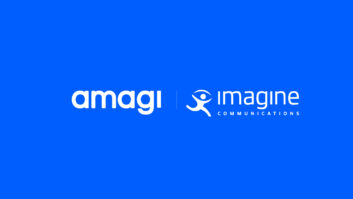In what’s being called the biggest trial of its kind, Charter Communications is inserting video advertising spots on the fly into videos in its home market of St. Louis.
The 250,000-subscriber system started serving up ads on Oct. 30 from two major advertisers on two free video-on-demand channels: Vehix TV, a collection of video car-buying guides, and a movie-trailer section provided by Hollywood Media. The trial will run through the end of this month.
Charter and the ad agencies involved in the trial — Ogilvy North America and Mediaedge:cia — would not disclose which advertisers have signed on.
However, a Charter subscriber in St. Louis said insurance giant Allstate and retailer Sears are the initial marketers testing out the technique, known as “dynamic” advertising.
The system works by “playlisting” ad content, which is stored separately from other files in a library of videos. The playlisted files can run before or after a piece of selected video.
Charter’s deployment uses components from multiple vendors, including on-demand systems from C-COR, Harmonic’s video encoders, Atlas’s automated campaign-management tools and TVN Entertainment’s ad-distribution system.
The cable industry is keenly interested in exploiting dynamic ads in video-on-demand (VOD) services, hoping the technology will allow operators to make money on on-demand videos delivered freely to subscribers.
Today, the process of selling ads for VOD is cumbersome, taking between 45 and 90 days from when ad content is delivered.
One of the main bottlenecks has been technical: VOD ads have had to be encoded and stored with the primary content — as a single file, or “asset.” That means if four different advertisers want to run with the same VOD clip, an operator would need to create and store four different files.
In a dynamic on-demand ad system, any ad can be set to run against any other on-demand segment virtually instantaneously.
“This is really going to let us do the type of dynamic ad insertion with VOD that we’ve done with linear channels,” said Maria Mandel, executive director of digital innovation with OgilvyInteractive, an ad agency with a client participating in the Charter trial.
Initially, Charter is inserting new ad content every two weeks, said Todd Stewart, Charter’s national ad sales and development VP. But eventually that lead-time could drop to as short as 24 hours, he said.
Another advantage: Dynamic VOD ads provide the ability to more closely track ad plays, delivering the type of detailed analysis that’s available with Internet-based advertising. “Now we can track VOD ads in real time,” Mandel said. “Not only will we be able to see who’s watched the ad, we can see who fast-forwarded through it.”
The advent of dynamic VOD ads is new enough that marketers aren’t really sure what works yet. Charter’s charter advertisers are testing 15- to 30-second spots, as well as pre-roll ads up to one minute and post-roll spots as long as two minutes.
“We know consumers are willing to watch ads for free content,” Charter’s Stewart said. “But can you put 60-second ad in front of it? If it’s a three-minute preview, probably not.”
Charter had to knock out a few kinks in the system before launching the trial. The main glitch was that a green line or flash would sometimes appear between an ad and the VOD program — the result of certain set-top boxes scanning for a video sync, said Jeff Dillon, network engineer in Charter’s St. Louis system. “Essentially, the set-top was changing the channel,” he said.
Dillon said he fixed the issue by making sure the video signal was being smoothly switched by the Harmonic edge quadrature-amplitude modulation (QAM) system.
Down the road, the technology could allow more-targeted ads. In the trial, Charter is serving ads based only on time of day and which VOD clip is being played.













